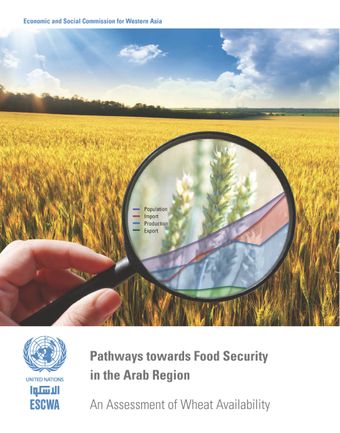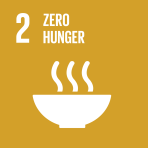Methodologies to measure food security

- Author: United Nations Economic and Social Commission for Western Asia
- Main Title: Pathways Towards Food Security in the Arab Region , pp 14-23
- Publication Date: January 2017
- DOI: https://doi.org/10.18356/0d2045c7-en
- Language: English
The current definition of food security at the international level has evolved from a narrow focus on volume and stability of food supply in the mid-1970s, with discussions at that time focusing on assuring the availability and to some extent stability in the price of basic foodstuff. The 1974 World Food Summit defined food security as “availability at all times of adequate world food supplies of basic foodstuffs to sustain a steady expansion of food consumption and to offset fluctuations in production and prices”. The discussions in the subsequent two decades introduced an economic element to access food and thus made a distinction between chronic food insecurity, related to poverty, and transient food security, associated with natural disasters, conflicts or economic downturn. By the mid-1990s, the concept of food security was transformed to include concerns of malnutrition, food safety and preferences. The 1994 Human Development Report introduced the concept of human security, which included food security as one of its pillars. Subsequently, the 1996 World Food Summit adopted an updated definition of food security that reflects the ongoing discussions and states that food security at the individual, household, national, regional and global levels is achieved when “all people, at all times, have physical and economic access to sufficient, safe and nutritious food to meet their dietary needs and food preferences for an active and healthy life”. As such, food insecurity is the state when people do not have adequate physical or economic access to food.
-
From This Site
/content/books/9789210600996c003dcterms_title,dcterms_subject,pub_keyword-contentType:Journal -contentType:Contributor -contentType:Concept -contentType:Institution105

